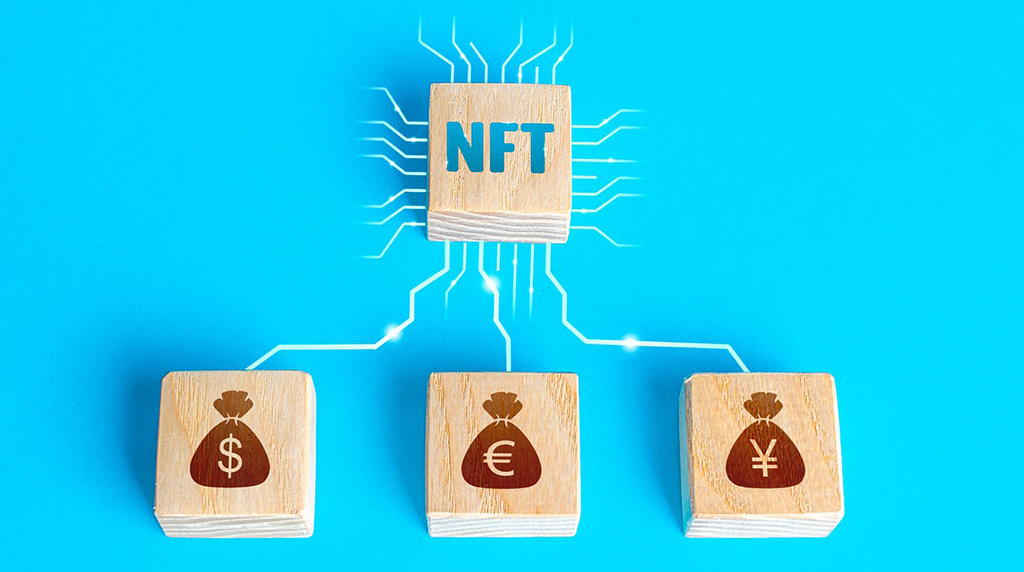The Bitcoin network has seen a surge in computing power, or hashrate, over the past year. On Wednesday, the hashrate reached 300.65 exahash per second (EH/s), a 100 EH/s increase in just one year. This rapid growth is a testament to the institutionalization of the industry, according to Head of Research at TheMinerMag Wolfie Zhao.

The surge in hashrate began in late 2021, when mining firms took out big loans to build out their mining capacity. This led to a rapid increase in the hashrate, but the economics of mining deteriorated significantly due to the increased competition and bear market. This caused some of the industry’s biggest companies to file for bankruptcy.
However, the economics of mining have improved in recent weeks, along with the price of bitcoin. The hashprice, a measure of mining profitability, has bounced back to over $70 per petahash/second (PH/s). This has incentivized miners to plug back in machines they took down to deal with the market headwinds.
The drop in the price of natural gas has also helped, as it has lowered power prices for miners. This has led analysts to predict that the hashrate will reach 363 EH/s by the end of 2023. However, the overall deterioration in mining economics will likely stunt the rate of hashrate growth in the next year.
Overall, the surge in computing power on the Bitcoin network is a sign of the industry’s institutionalization and the improved economics of mining. With lower power prices and increased efficiency, miners are now more incentivized to plug back in their machines and contribute to the network.



